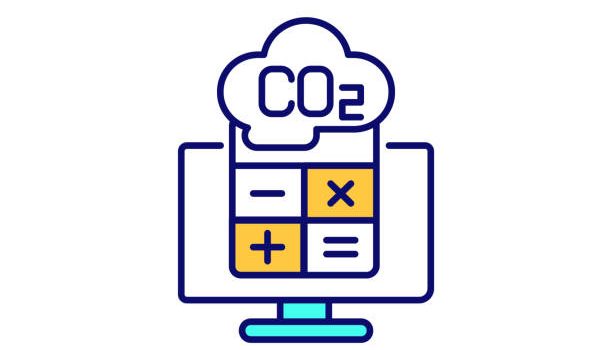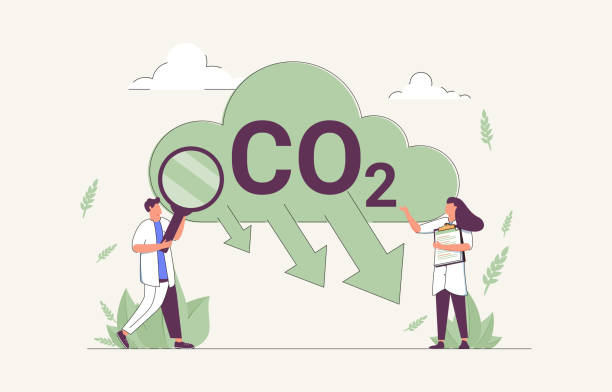A carbon hotspot is a physical zone that is responsible for an unusually intense concentration of greenhouse gas or carbon emissions. Physical carbon hotspots are fairly easy to identify and we can use data to back up the idea that certain places emit more greenhouse gases than others. By identifying carbon hotspots and supporting low-carbon procurement for goods and services defined as hotspots, you can significantly reduce your supply chain carbon footprint.
Most industries are doing well. They are the driving force behind the expansion of communication, transport, and agriculture. They also make it possible for the nation to produce a wide range of consumer items in huge quantities and at affordable prices. Additionally, they eliminate our reliance on foreign nations for the supply of necessities.
However, the quantity of pollution they produce today should be the first thing that comes to mind. Significant environmental problems can result from industrial pollution, which can impact the soil’s fertility as well as the air’s purity. Industrial activity-related pollution of the air, water, and land is a significant contributor to sickness and mortality worldwide. Besides, the majority of industrial pollution comes from the supply chain of their products.
A possible solution to that is a carbon footprint calculator API. Many of the things industries do every day, like using power, driving a car to transport their products, or getting rid of rubbish, emit greenhouse gases, particularly their supply chain. The total emissions from businesses constitute its carbon footprint. In order to reduce the carbon hotspots of the supply chain they should use an API to compute their carbon footprint so users can track the number of emissions they produce and, based on that, act to protect the environment.
It is known that supply chains cause environmental wrecks from supply chains can include toxic waste, water pollution, loss of biodiversity, deforestation, long-term damage to ecosystems, hazardous air emissions as well as greenhouse gas emissions, and energy use. However, Carbon API determines the overall environmental impact of shipping flows, logistics, energy use, and freight transportation over the course of the entire supply chain. This allows a company to identify carbon hotspots and tackle the problems regarding pollution.
Apart from the calculation of CO2 of your supply chains, the API can convert liters of diesel, gasoline, or propane into kilograms of CO2 equivalent. Also, the carbon footprint calculator API transforms the data on your carbon dioxide emissions into energy use.
Moreover, the API looks great and it is the best carbon footprint API. That is, it has a fine and attractive appearance. Second, the API is easy to use and integrate. The application programming interface is straightforward and simple to use; also, the integration of user interfaces is made simple by the cloud infrastructure. Thirdly, the API gives transparent reporting. Users can upload consumption data going back a year and, instead, the CO2 emissions are delivered back in KG.
To sum up, you should use TryCarbon API to identify carbon hotspots in the supply chain and reduce the pollution produced by it. Businesses can adopt the carbon offset API and estimate their carbon footprint and go on the road to net-zero emissions. By this, your company can become part of the industries that value sustainability and succeed commercially. Also, you can get to take environmentally friendly and ecologically responsible decisions as well.



